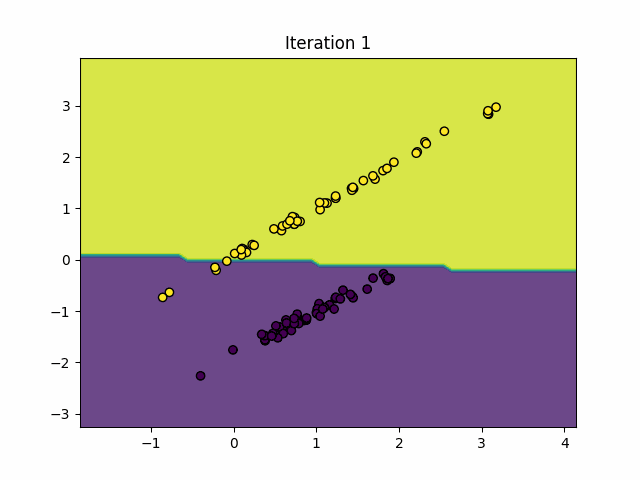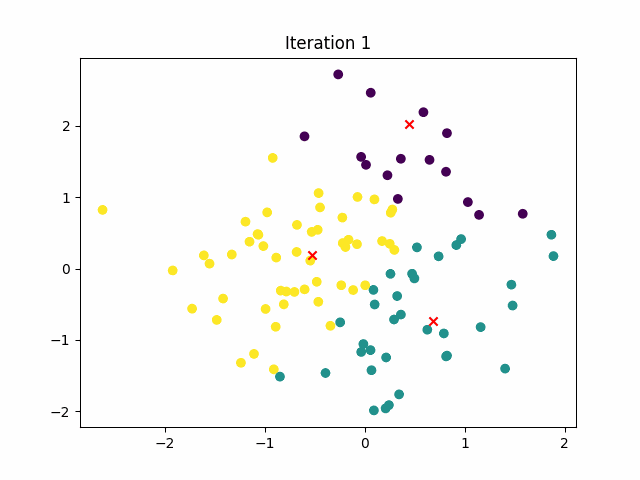Understanding AI and ML Fundamentals

Hi welcome back 😄. In the last article, I mentioned explained roadmap to learn AI and ML for people with non math background. This article aims to provide a foundational understanding of these technologies by covering their basic concepts, history, key terminologies, types, and real-world applications.
Introduction to AI and ML
Artificial Intelligence (AI) is a branch of computer science focused on creating systems capable of performing tasks that typically require human intelligence. These tasks include problem-solving, understanding natural language, recognizing patterns, and making decisions. The concept of AI dates back to the mid-20th century, with pioneers like Alan Turing and John McCarthy laying the groundwork for what we now recognize as AI.
Machine Learning (ML), a subset of AI, involves the development of algorithms that enable computers to learn from and make predictions based on data. ML algorithms improve automatically through experience, without being explicitly programmed for each specific task. The field of ML began to gain significant traction in the 1990s, building on earlier AI research and advancements in computational power and data storage.
Key Terminologies
- Artificial Intelligence (AI): The broader concept of machines being able to carry out tasks in a way that we would consider "smart."
- Machine Learning (ML): A subset of AI that involves teaching computers to learn from data and improve over time.
- Deep Learning: A subset of ML that uses neural networks with many layers (hence "deep") to analyze various factors of data.
- Neural Networks: Computational models inspired by the human brain, consisting of interconnected units (neurons) that process information in layers.
- Supervised Learning: An ML approach where the model is trained on labeled data, meaning the input comes with the correct output.
- Unsupervised Learning: An ML method where the model is given data without explicit instructions on what to do with it, aiming to find hidden patterns or intrinsic structures.
- Reinforcement Learning: An ML technique where an agent learns to make decisions by performing actions and receiving feedback through rewards or penalties.
Types of Machine Learning
Generally there are three types of Machine Learning, Supervised, Unsupervised and Reinforcement Learning.
Supervised Learning:
In supervised learning, the model is trained on labeled data, meaning the input data is paired with the correct output. The goal is for the model to learn a mapping from inputs to outputs so it can predict the output for new, unseen inputs an example of supervised learning can be a spam filter that is trained on emails labeled as "spam" or "not spam" to learn how to classify new emails. Supervised
Classification:
Classification is a type of machine learning used to categorize data into predefined classes or labels.
In the example below our code generates random data points for 2 classes ( yellow and reddish-blue), these two classes can be anything spam or no spam, cat or dog.. etc. Then we train a logistic regression classification model, and visualize the decision boundary evolving over 20 iterations.

Regression:
Regression is a type of machine learning used to predict a continuous output variable based on one or more input variables.
Our code generates random data points with a linear trend, applies a linear regression model using stochastic gradient descent, and visualizes the evolving regression line over 10 iterations

Unsupervised Learning:
In unsupervised learning, the model is given unlabeled data and must find patterns or structures within the data without any explicit instructions on what to look for.
Example: Clustering algorithms group similar data points together, in the example below, the code applies the K-means algorithm to cluster data points. The moving three red cross points are centroids of these clusters. The gif showing the clustering process over 10 iterations (steps).

Reinforcement Learning:
In reinforcement learning, the model learns by interacting with an environment and receiving feedback in the form of rewards or punishments. The model aims to maximize its cumulative reward by learning the best actions to take in different situations.
Example: A robot learns to navigate a maze by receiving rewards for reaching the end and penalties for hitting walls (as shown below).

Each type of machine learning is used for different kinds of tasks and problems, depending on the nature of the data and the goals of the analysis.
AI and ML are revolutionizing various industries with practical applications that enhance efficiency, accuracy, and innovation. Some notable examples include:
- Healthcare: AI-powered diagnostic tools, personalized treatment plans, and predictive analytics for disease prevention.
- Finance: Fraud detection systems, algorithmic trading, and personalized financial advice.
- Retail: Recommendation engines, inventory management, and customer sentiment analysis.
- Transportation: Autonomous vehicles, route optimization, and predictive maintenance.
- Entertainment: Content recommendation systems, image and speech recognition, and virtual assistants.
Conclusion
Understanding the fundamentals of AI and ML is crucial in today's technology-driven world. These technologies continue to evolve, offering transformative solutions across various sectors. By grasping basic concepts, key terminologies, types of learning, and real-world applications, one can better appreciate the impact and potential of AI and ML in shaping our future. As research and development in this field progress, the possibilities for innovation and improvement in countless domains seem limitless.




